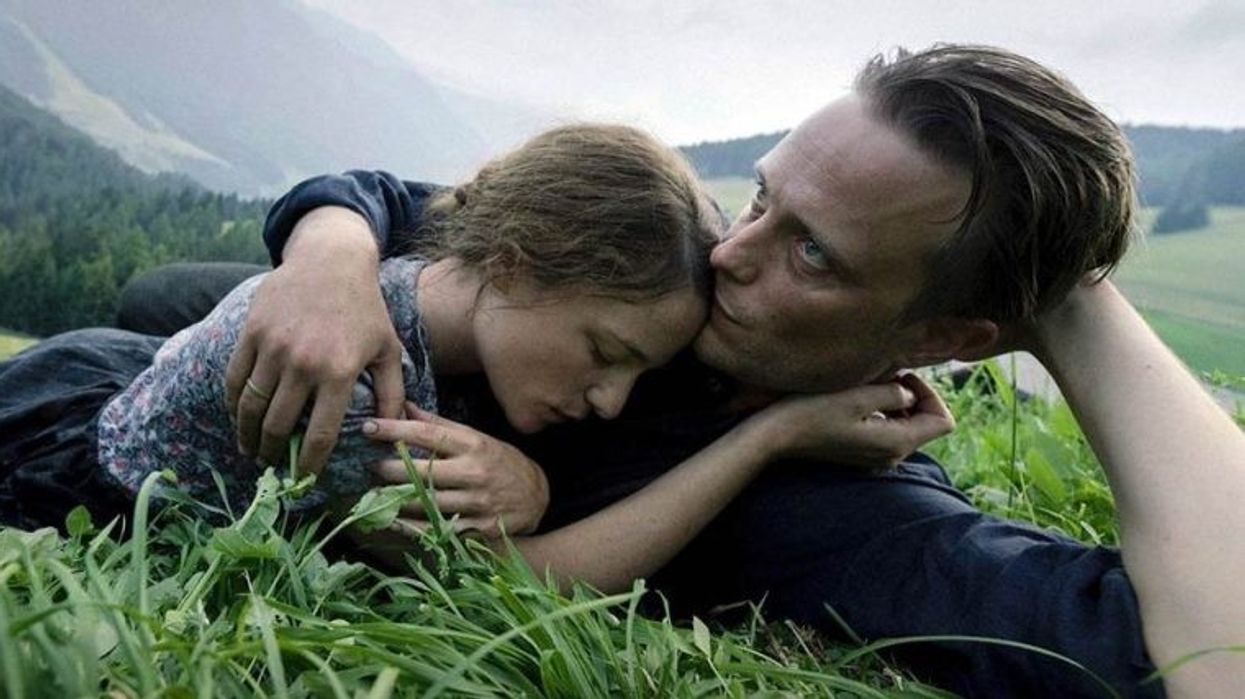Why Do Terrence Malick Movies Look the Way They Do?
Impress—or annoy—your friends by pointing out all the ways a film can be "Malick-ian."

It’s a question as old as time itself: why do Terrence Malick’s movies look like that?
Well, maybe not as old as time, but at least since Malick explored the birth of stars and how dinosaurs are capable of grace in Tree of Life.
From his meteoric rise in the New Hollywood era in the 1970s to his years of slumber to his return to cinema and his prolific modern run of features, one could argue that Malick’s films all have their own unique style. However, you can’t argue that his movies at least certainly have a similar look and familiar feeling to them.
Let’s explore what makes a Malick movie a Malick movie, and how the reclusive director makes use of framing, editing, and poetry to give his films that “Malick-ian” look.
That Terrence Malick Film Look
As you can see in the video essay above from YouTuber Thomas Flight, that Terrence Malick film look can be hard to classify, yet is almost instantly recognizable. This is in part because, while there are similarities, Malick doesn’t really seem to work with any hard rules or norms for his productions.
From Badlands to A Hidden Life, Malick has indeed experimented with a wide array of filmmaking cameras, devices, and looks over the years. However, the way he presents stories and cinema is wholly unique to him.
As Thomas Flight outlines, the Malick look is really defined by how Malick shows "life in context."
The Modern Malick Look
To be fair to the countless Malick fans out there who have perhaps tried to channel this “Malick look” into their own film, video, or photo projects, there are some hallmark elements which do tend to pop up from time to time.
From Malick’s observed penchant for nature to his preference for wide-angle lenses and smooth Steadicam movement, Malick has at least found some consistent filmmaking tools which he has used quite regularly in his current, modern career.
For this modern Malick look, the camera is free to move, look, and perceive as if the audience was a curious angel floating through a scene. The camera is often close to the floor and will have a distracting habit of following action that might not seem like the obvious choice at first.
Editing and Poetry
However, as you can see in the video, and as I’d argue as a fellow Malick fan, the real crux of the Malick film look can actually be found in the edit.
Malick is notorious for shooting tons and tons of footage. The majority of his film coverage will hardly ever make it into the final cut of the film. Yet big-name stars still flock to work with him. Why is that?
I think the answer is simply in the films. Malick’s free-roaming filming style opens up a world of possibilities in the edit. And it’s in these editing decisions that Malick truly shines. His ability to weave together complex, abstract, and often beautiful sequences is simply outstanding. It’s visual poetry at its finest, yet not always what you might expect a film packed with A-list stars to be.
Ultimately, though, to understand what truly gives a Malick film that Malick film look, you’ll probably just have to look within yourself to find out what about his films resonate so passionately with you.
Feel free to chime in and share why you think Malick's movies look the way that they do!
Source: Thomas Flight











